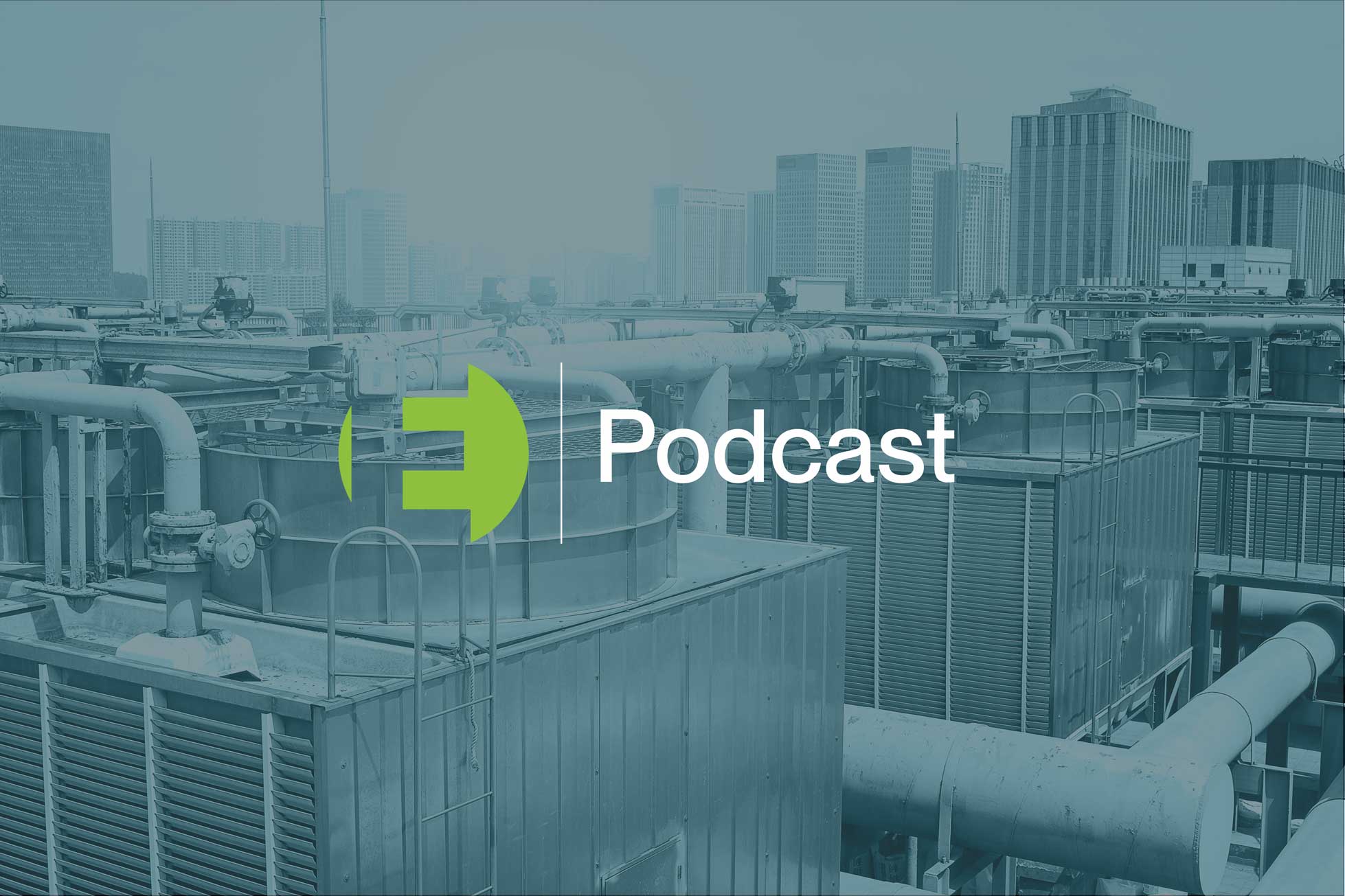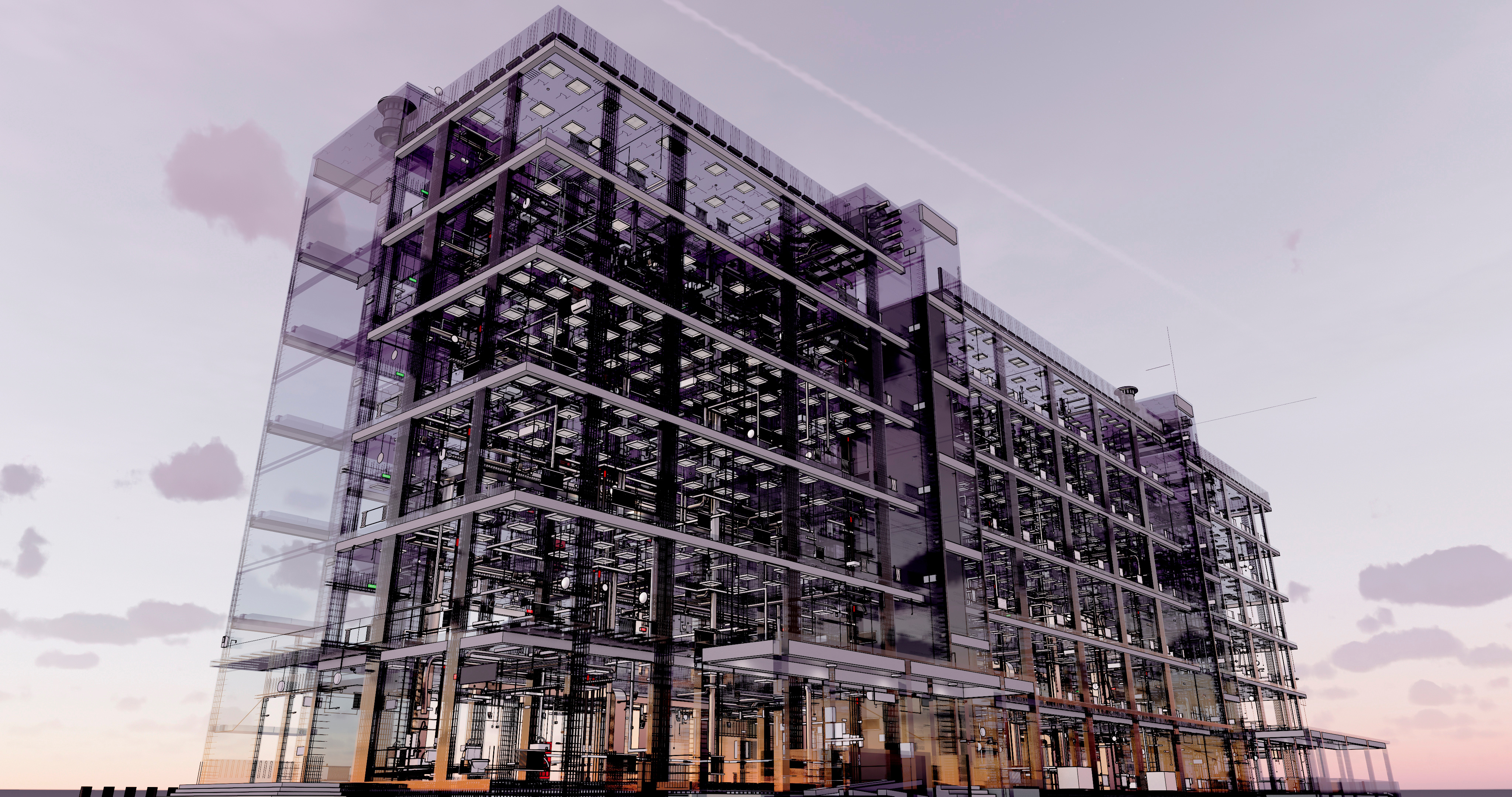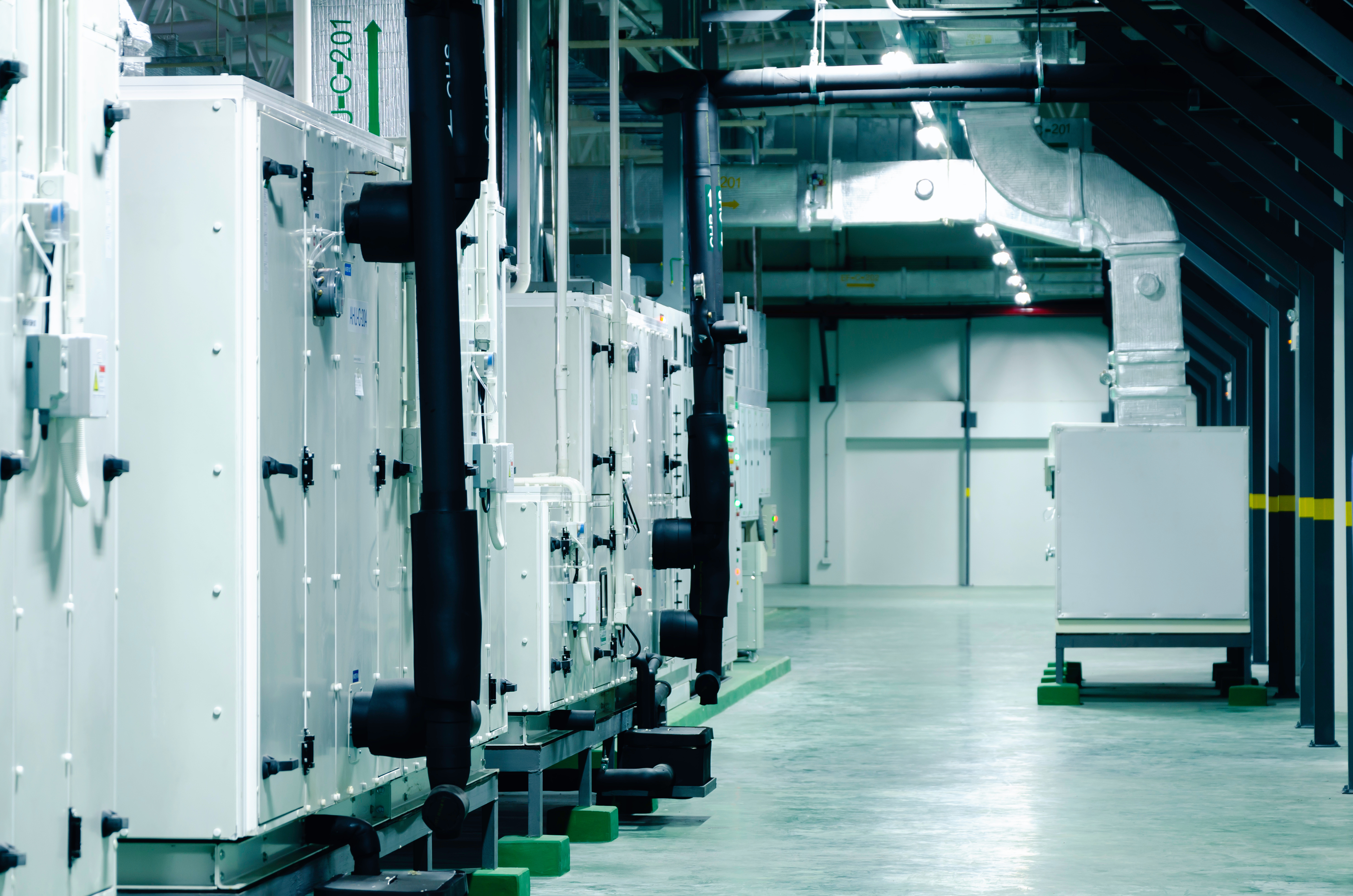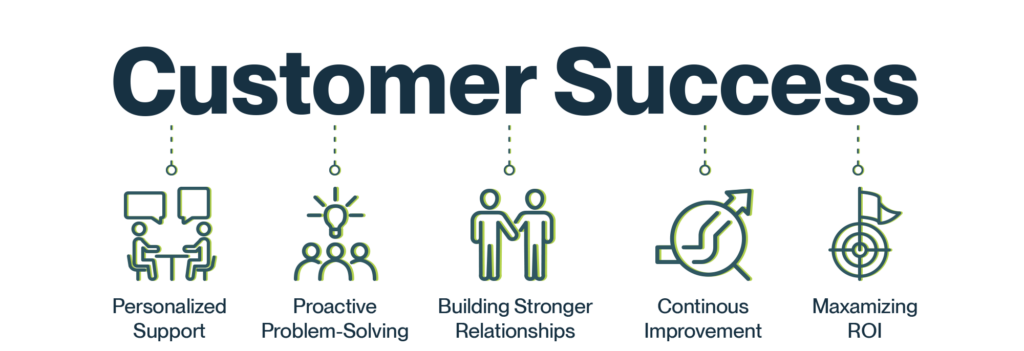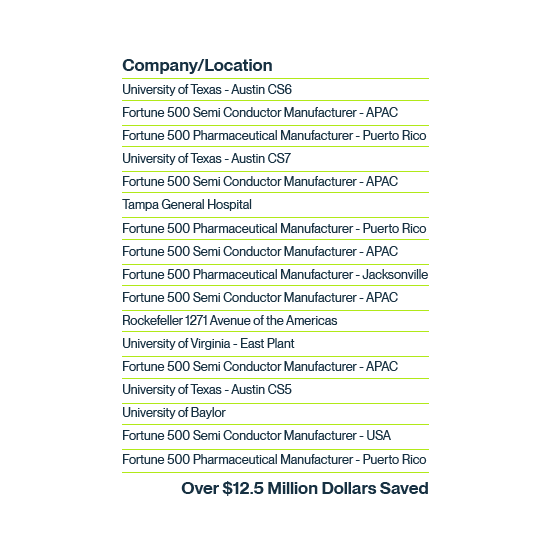Optimum Energy Helps Vanderbilt University Medical Center (VUMC) Achieve Significant Energy Savings
Optimum Energy Helps Vanderbilt University Medical Center (VUMC) Achieve Significant Energy Savings

VUMC Achieves Significant Energy Savings and Rebate Incentive Through Innovative Optimization Strategies
Recently, Vanderbilt University Medical Center (VUMC) partnered with Optimum Energy to introduce advanced control strategies at the Vanderbilt University Hospital Chilled Water Plant. These new controls lower operational costs, energy usage, and CO2 emissions. This approach, known as Chiller Plant Optimization, was developed by Optimum Energy and is powered by our OptimumLOOP® optimization platform.
OptimumLOOP® employs relational control algorithms to calculate the most efficient way to operate an entire chilled water system. Through continuous and automatic optimization, plant performance is dynamically adjusting in real-time to changes in demand or weather. This technology ensures minimal energy usage and maximum cost savings, without compromising indoor-air comfort for building occupants.
As a result of these upgrades, VUMC anticipates an annual energy cost savings of over $251,000, and a reduction in CO2 emissions by over 1.9 million pounds per year.
Furthermore, with the assistance of Nashville Electric Service and Hobbs and Associates, VUMC secured an incentive rebate of $243,854 through the TVA EnergyRight® for Business & Industry rebate program. The combination of the above energy savings and rebate creates a return on investment (ROI) of less than 1.4 years for the overall project.
Over the past five years, VUMC Facilities Management has actively pursued various strategies to reduce electrical consumption on its main campus. These efforts include chiller plant optimization, the implementation of fault detection software to monitor equipment performance, occupancy setback controls, LED lighting upgrades, HVAC equipment upgrades, and leveraging rebate opportunities like the TVA EnergyRight® program.
Collectively, these initiatives have resulted in a total savings of $7.5 million over the past five years, including $2.8 million in the last 12 months alone. All while also avoiding the creation of more than 52 million pounds of CO2.
